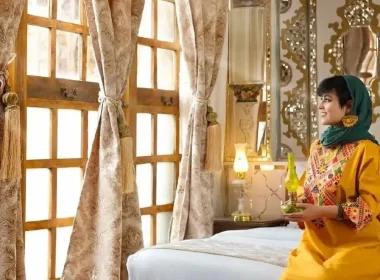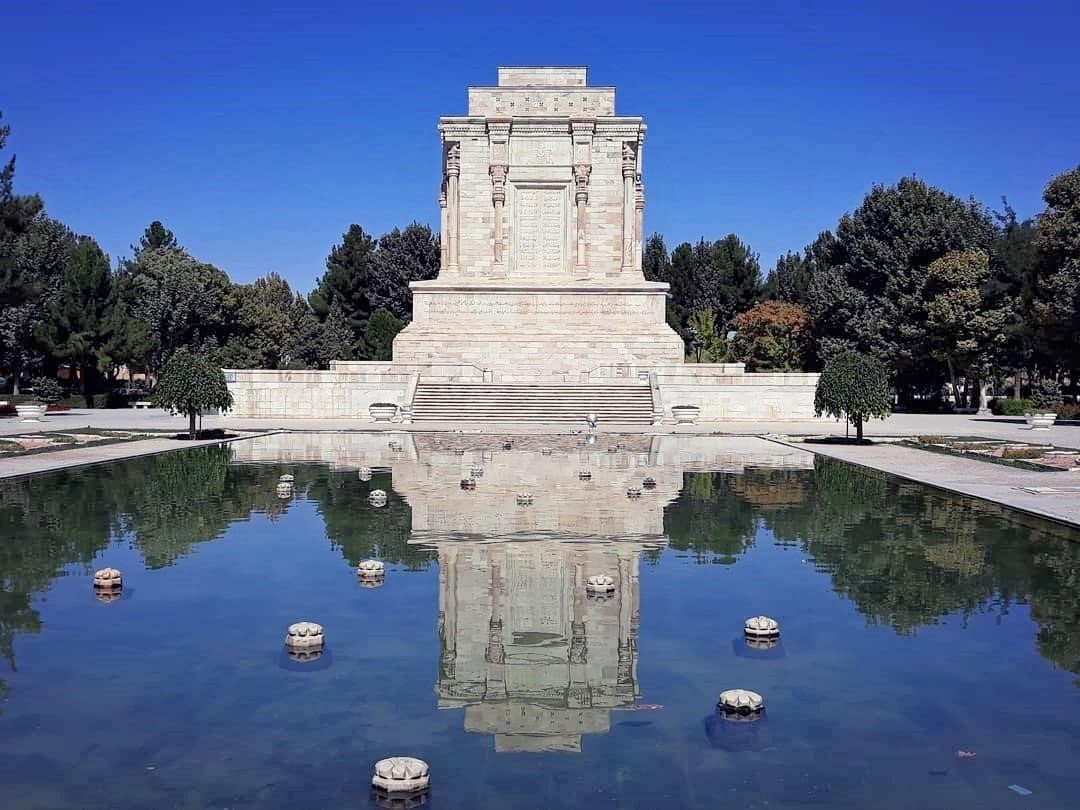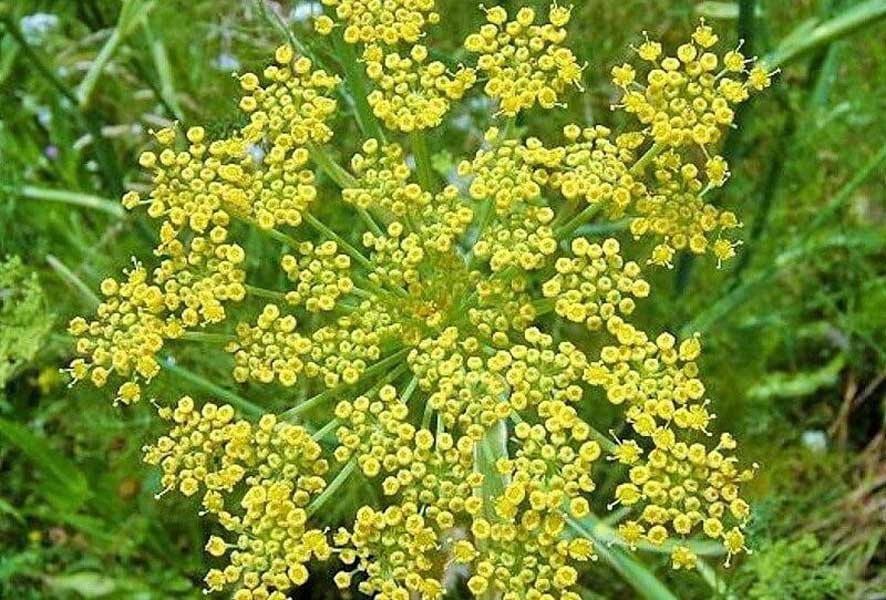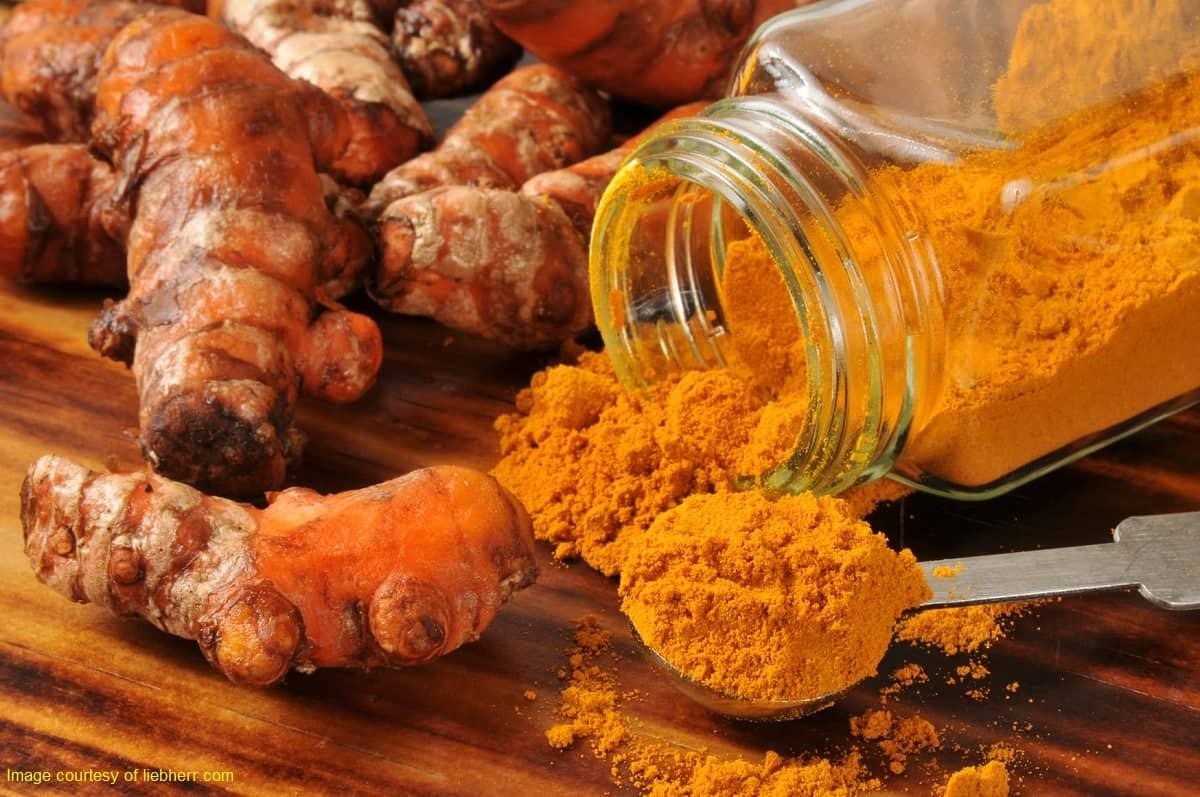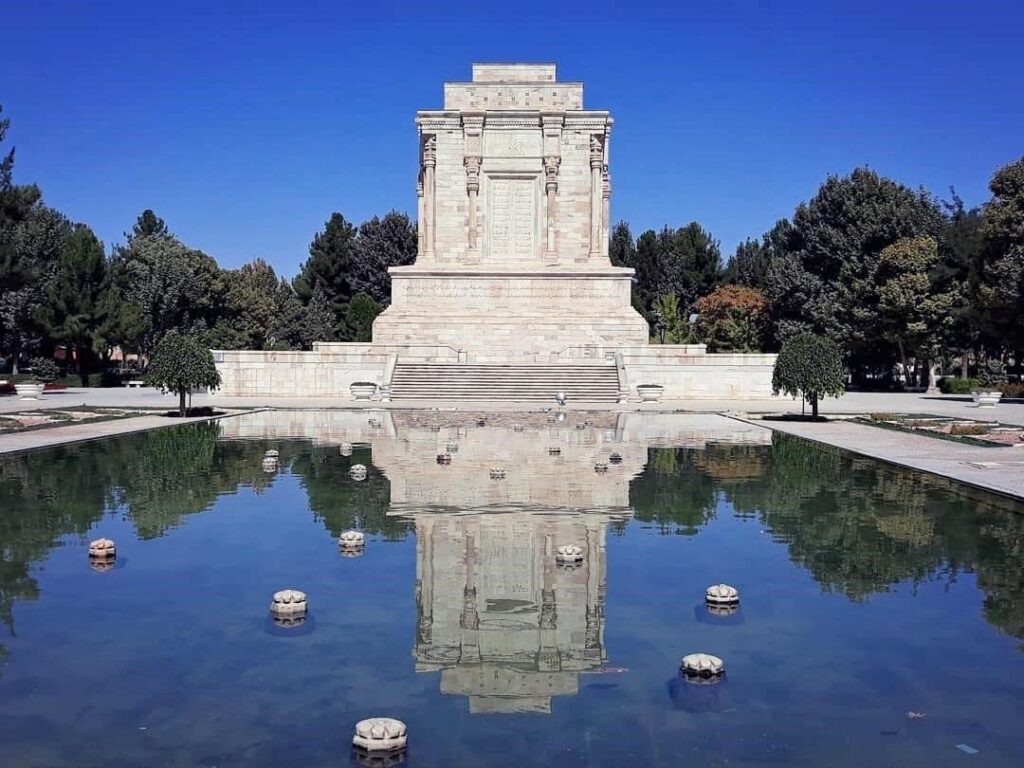
Ferdowsi Mausoleum is a monument built in honor of the Iranian epic poet Hakim Abul-Qasem Ferdowsi in the city of Tous. Shahnameh (The Epic of Kings) is Ferdowsi’s most famous work of literature. He dedicated 30 years of his life to preserve and promote the Persian language and its ancient culture. Therefore, it was deemed necessary to build a mausoleum befitting of his prestige and dignity over his final resting place. Admired for its unique architecture, this mausoleum was registered on the Iran National Heritage List in 1976 and is currently considered one of must-visit Mashhad Tourist Attractions.
The tomb was destroyed and rebuilt several times due to various reasons. In this article, we are trying to explain the history of this tomb and describe its features for you.
History of the Construction of Ferdowsi Mausoleum
After the death of the famous Iranian poet Hakim Abul-Qasem Ferdowsi in 1020, the clergy of Tabaristan did not allow his body to be buried in any muslim graveyards. The clergy issued such an order because of his religious prejudices against Shia muslims. Therefore, his family and close friends laid the legendary Iranian poet to rest in his personal garden. This garden was located in the city of Tabaran in the Tous area near the eastern Razan Gate.
After the burial, Ferdowsi’s tomb became a gathering area for culture-loving Iranians. Therefore, they built a mausoleum over this burial ground. This mausoleum was demolished several times by different people. Despite such setbacks, the said mausoleum was restored and renovated again and again.
It is said that Arslan Jazeb (military commander from Tous) was the first person that built a mausoleum on Ferdowsi’s tomb. That mausoleum remained intact for nearly 100 years. After that, Ubaydullah bin Mahmud bin Shah Budagh (Ubaydullah Khan the Uzbek, the fourth ruler of Shaybanids dynasty) destroyed Ferdowsi’s tomb during his siege of Khorasan due to his personal prejudices.
In the Safavid era, due to the importance of Mashhad and its surrounding areas for the Safavid kings, this building was restored again. At last, during the first Pahlavi period, when nationalist sentiments were on the rise, scholars requested that Reza Shah build a mausoleum befitting an important cultural icon such as Abul-Qasem Ferdowsi.
The first step was to expand the brutal site in order to make room for a building worthy of Ferdowsi’s prestige. Therefore, a person named Kei-Khosro Shahrokh purchased 23,000 square meters of the garden surrounding the tomb from its owner and presented it to Reza Shah. Another figure, Hossein Malek, a wealthy Iranian philanthropist, donated seven thousand square meters of his land for the construction of the mausoleum. The donated and purchased lands were surrendered to the mausoleum founders for development.
Ferdowsi Mausoleum Design and Architecture in the First Pahlavi Period
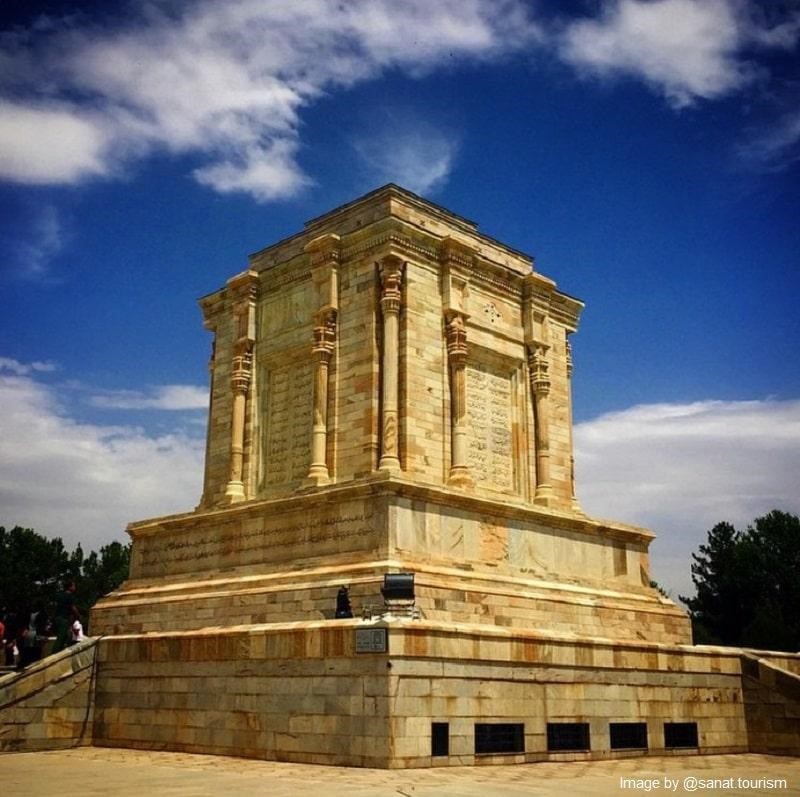
Iranian and foreign archaeologists and architects presented different plans for the construction of Ferdowsi Mausoleum. The first design was proposed by the German archaeologist Ernst Emil Hertzfeld, but his design was rejected. Then, famous French architect Andre Godard designed a blueprint for this mausoleum. The minister of the court Abdolhossein Teymourtash slightly altered Godard’s plan and insisted on the construction of a pyramidal roof. After the construction, a crack formed in the building’s roof.
Reza Shah was enraged by this flaw and entrusted the construction of Ferdowsi’s Mausoleum to Karim Taherzadeh Behzad, an Iranian architect, who came up with a new design. Therefore, in 1933, the construction blueprint of the mausoleum was finalized with a new roof and stairs design. The construction of the building began in the same year and lasted about 18 months.
Finally, in 1934, the construction of this tomb was completed. At the same time as the construction of the mausoleum, the first Ferdowsi millennial celebration was held there.
Many scholars and dignitaries from all over the world participated in this event. In the meantime, Abolhassan Sadighi, an Iranian sculptor who lived in Italy, presented a statue to the mausoleum. This statue was the full-body figure of Abul-Qasem Ferdowsi sculpted by this Iranian artist.
After some time, the building settled due to inaccurate calculation of soil resistance. Then, in 1964, the restoration and reconstruction of this building began under the supervision of Iranian architect Hooshang Seyhoun. This restoration process was finished in 1968.
During the restoration, all technical engineering details such as the type of soil and other factors were considered. This two-story mausoleum was built by excavating to a depth of 5 meters, in dimensions of 30 x 30 meters, with a concrete foundation. There are 24 columns on the first floor of this building and 8 columns on the second floor. These columns were built with the layout of twenty corners with a height of 70 cm.
Architectural Features of Ferdowsi Mausoleum in Tous
This site is a complex consisting of a tomb, a library and a museum. The mausoleum entrance is located in the south of the complex. There is a decorative pool with dimensions of 30 x 10 square meters in front of the entrance.
The design of Ferdowsi’s Mausoleum is very similar to the tomb of Cyrus the Great in Pasargad. The tombstone used in this mausoleum is made of marble with the dimensions of 1 x 1 square meters and a height of 0.5 meters. The date of Ferdowsi’s birth and death and construction date (1934) are engraved on this marble tombstone. This tombstone is placed on a marble platform.
In general, the materials used in the tomb construction are stone and tiles. The mausoleum building has a hall on the first floor supported by four large columns placed in four corners. Marble stone is used to construct this hall. The interior of the hall is decorated with beautiful tilework.
The columns installed in the four corners of the hall are connected to beautiful plasterwork on the ceiling. There is a statue of a winged figure in the southern area of the hall, which reminds us of the designs in Pasargad.
Famous scenes from Shahnameh (The Epic of Kings) are engraved on the walls of the southern and eastern parts of the hall. Among these relief sculptures, the following can be mentioned:
- The story of Zal and his adoption by Simorgh
- Rostam’s battle with the dragon
- Zal’s battle with the lion
- Rostam lassoing Rakhsh and…
These stories are calligraphed by Hassan Zarin in the eastern wing of the hall. There is also an inscription with dimensions of 1 x 1.5 square meters in the southern area of the hall. A long ode by Allameh Jalal al-Din Davani is engraved on this inscription.
In addition, a part of the hall’s roof is made of marble with a stepped architecture. There is a small room on this staircase with Ferdowsi’s poems carved on its sides.
In the past, there was a tea house in the northwest of Ferdowsi’s mausoleum. People used to rest and drink tea there. This tea house was converted into a museum in 1941. The statue of Abul-Qasem Ferdowsi donated by Abolhasan Saddighi to the millennial celebration is placed in this museum.
In addition, there is a statue of Mehdi Akhavan-Sales, a famous Iranian poet, in the south of the complex. The body of this great poet was buried in this site in 1990.
About Abul-Qasem Ferdowsi
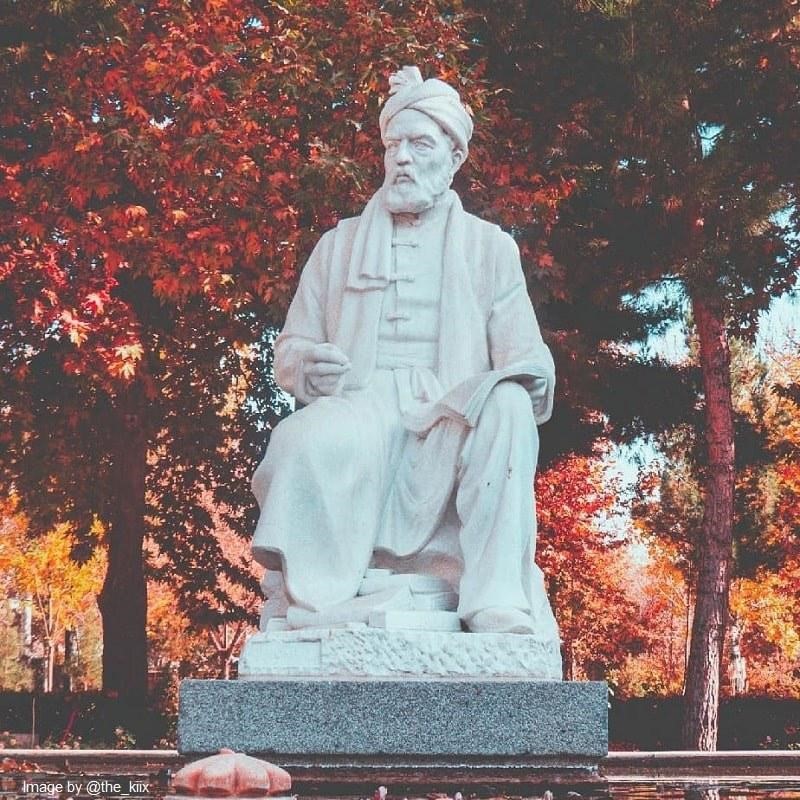
The full name of this great and famous Iranian poet is Hakim Abul-Qasem Mansour bin Hasan Ferdowsi Tousi. He was born in the 10th century AD, in a village called Pazh, in Tour’s Tabaran district. His family was from the ” Dehqan”class, a social class of land-owning magnates from the Sassanid era and the first five centuries of post-Islamic Iran.
The “Dehqan”class was a class between the farmers and the first class nobility. Dehqans (magnates) lived in mansions in their farmlands. Their farmlands were operated by farmers. The role of Magnates was to collect taxes from peasant farmers and deliver them to the rulers.
In modern terms, Ferdowsi was from the middle class and considered wealthy. Despite this, he gave up all material possessions and spent his life reviving the past history of Iran and the Persian language.
His literary masterpiece is called “Shahnameh”, The Book of Kings. It is said that Ferdowsi did not stop composing the Shahnameh even after the death of his young son. His book is now one of the renowned literary masterpieces in the world.
The Shahnameh contains many stories and tales, such as the tragedy of Rostam and Sohrab, the story of Akvan the Dev, and stories derived from the life of Bahram Gur. Ferdowsi has quoted Rudaki’s poems in his book with absolute fidelity.
To commemorate this great poet and praise his work, May the 15th is National Ferdowsi Day and Persian Language Day. Every year on this occasion, Ferdowsi and Shahnameh commemoration ceremonies are held in universities and other research institutions.
Visit Ferdowsi Mausoleum, Father of Persian Literature and Iranian Identity
The modern Ferdowsi mausoleum has a magnificent architecture despite consecutive destructions and restorations in the past. This tomb, with its library and museum, is a monument to the importance of studying the works of great Iranian poets. In addition to its unique architecture, the mentioned complex houses the remains of the great and wise poet known as Hakim-e Sokhan, or the master of Persian language. For this reason, many tourists from Iran and abroad travel to Tous (Tus) to visit this historical and cultural monument.
You can travel to this city by train, commercial flights, private vehicle, or on an Iran tour package. Destination Iran introduces this Mashhad tourist attraction with the hope that you visit Ferdowsi’s mausoleum in Tous.
Where is Ferdowsi Mausoleum?
Ferdowsi mausoleum complex is located in Tous, 25 kilometers northwest of Mashhad city, on a road branching from the Mashhad Northern Bypass Freeway. The village of Pazh, Ferdowsi’s hometown, is 28 kilometers east of his grave. You can see the exact location of this complex below:
Frequently Asked Questions About Ferdowsi Mausoleum
To find answers to your other questions, you can contact us through the comments section of this post. We will answer your questions as soon as possible.
What is the history of the design and construction of Ferdowsi tomb?
Ferdowsi was buried in his garden, located in the city of Tabaran Tos, near the eastern gate of Razan in the 11th century AD. It is said that for the first time, a person named Arsalan Jazeb built a mausoleum on Ferdowsi’s grave. After that, this building was restored during the Safavid period. During the first Pahlavi period, the site of the mausoleum was expanded. The current Ferdowsi mausoleum was designed by Karim Taherzadeh Behzad and its construction was completed in 1934, after 18 months.
What are the architectural features of Ferdowsi mausoleum?
The tomb of Ferdowsi is very similar to the tomb of Cyrus the Great in Pasargad, Shiraz and has a square design. The area of the building is 1043 square meters. The building is designed in the shape of a simple cube with a height of 18 meters and is built on a platform. The materials used in this tomb are stone and tiles. The mausoleum building has a hall on the first floor with 4 large columns in 4 corners. The columns in the hall have beautiful plasterwork decorations on the column capital, where they connect to the ceiling. A part of the ceiling of the hall has a stepped architecture, made of marble. The structure of the tomb is reminiscent of ancient ziggurats, which are stable and resistant and represent upward momentum.
Which Iranian celebrities are buried in Ferdowsi Mausoleum?
Contemporary poet, Mehdi Akhavan Sales, was buried in Ferdowsi Mausoleum in 1990. In 2020, Mohammadreza Shajarian, who is known as Iran’s greatest master of traditional Persian music, was buried in the mausoleum site.
How is the inside of Ferdowsi’s mausoleum complex?
Ferdowsi Mausoleum complex consists of a mausoleum, library and museum. There are relief sculptures on the walls of the southern and eastern parts of the hall that display the stories of the Shahnameh. In the southern part of the hall, there is an engraved inscription with a long ode by Allameh Jalal al-Din Davani.


